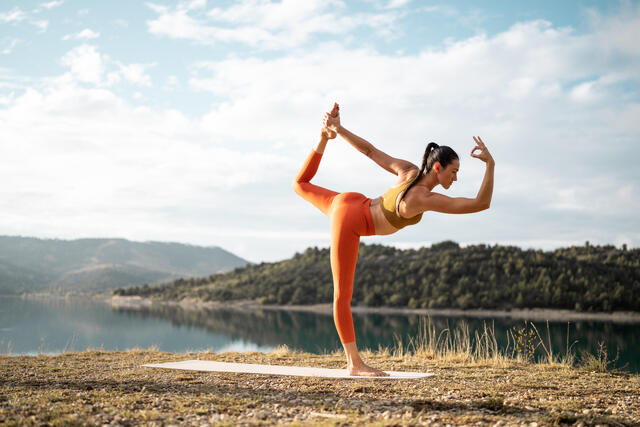Climbing for Beginners
Before you start adding items to your shopping cart, you’ll want to decide what type of climbing you want to do. Rock climbing has a wide range of possibilities, and each necessitates a different type of gear. As a beginner, you’ll want to begin with indoor climbing, bouldering, or top-rope climbing outdoors.
Indoor Climbing: For lots of people, starting at a climbing gym is a great idea. Places like colleges, recreation centres, and even outdoor stores have walls where you can try indoor top-rope climbing or bouldering. You’ll climb on artificial hand- and footholds that route setters use to create routes of varying difficulties. Indoor climbing is a great first step as it’s available in all types of weather, allows you to climb even when no outdoor climbing is nearby, and you can try the sport with rented gear before you buy your own.
Bouldering: This type of climbing requires the least amount of gear and keeps you closest to the ground—bouldering is climbing without ropes where you go only as high as you can jump down. It’s a great option for beginners because you only need climbing shoes, a chalk bag, and a crash pad.
Outdoor Top-Rope Climbing: If you’re itching to get outdoors, outdoor top-roping is the place to begin. This type of climbing involves anchoring the climbing rope to a safe place at the top of the route, and then climbing toward that point while another climber (called a belayer) keeps the rope taut. With a taut rope, you’re minimising the distance you could fall if you slip off. Of course, you’ll not only need plenty of gear for this activity, but you’ll also need a properly trained belayer—like a guide, instructor, or experienced climber.




























